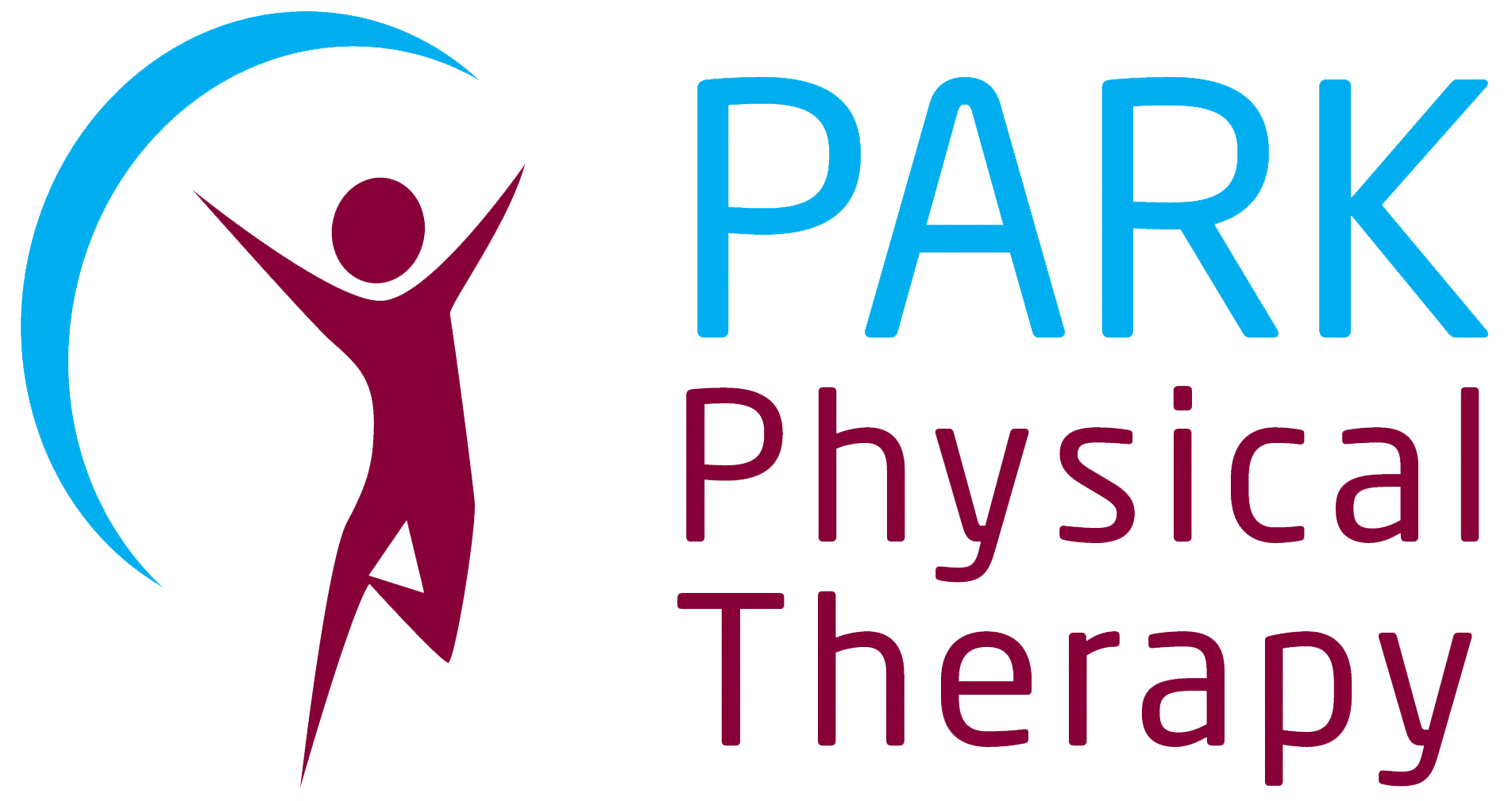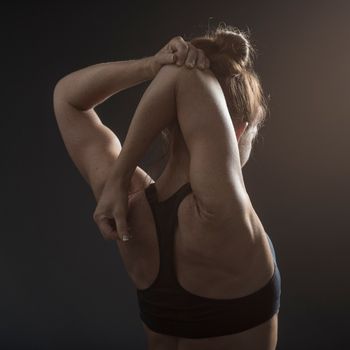National Skin Cancer Awareness Month
Given the warming weather and the increased amount of time we’ll be spending outside this spring and summer, it’s important to consider with seriousness one of this month’s focuses: skin cancer. May is National Skin Cancer Awareness month, so it’s time to educate ourselves about preventative and detection measures, and most importantly to share what we learn with friends and family.
Too few people worry about developing skin cancer, yet the Skin Cancer Foundation asserts that 1 in 5 Americans will be inflicted with skin cancer over the course of his/her life. Yet there is hope against this statistic, as skin cancer typically develops due to lifestyle choices. The first activity that is inherently associated with skin cancer is sunbathing, and rightly so as this cancer develops as a result to exposure to UV sun rays. Yet not all processes of tanning are intentional- sometimes our skin darkens as we spend more time outside, despite our best efforts to protect ourselves. This doesn’t mean that we have to skip the beach or live indoors this season. It simply means that we must venture out into the sun cautiously and equipped with defensive knowledge.
Sunscreen is the obvious mode of defense. Though many of us pack and wear sunscreen habitually during the summer, the protection it offers is rarely optimized due to improper application. Apply sunscreen with an SPF of 15 or higher thirty minutes before heading outdoors. Moreover, sunscreen needs to be reapplied around every 2 hours, as it loses its effectiveness over time. More frequent reapplication may be necessary if you’re swimming or sweating. It’s also essential to achieve a high level of protection. SPF 15 will filter out around 93% of UVB rays, while SPF 30 will filter out around 97%. Logically, the best choice is SPF 50.
Wearing sunscreen is a primary protective measure, but it is by no means entirely adequate. Between 10 am and 4 pm, the sun’s rays are strongest, and sunscreen alone may not be enough to protect our skin. The best measure to take is avoidance- schedule outdoor activities around this time if possible, and if not, opt for shaded coverings, wide-brimmed sun hats, and lightweight clothing to cover your arms and legs. Hats are extremely important, as it is wrong to think that our hair adequately protects the skin on our scalp. This type of protection is crucial, as UVB rays are not the only rays that are harmful to our skin. UVA rays, also known as ultraviolet A rays, are harder to shield and more easily penetrate SPF defense.
Take these measures and by all costs avoid getting burned: sunburns greatly increase the risk of developing skin cancer. Yet not all skin damage is as obvious as sunburn. It’s important to scan your body every few weeks for any signs of damage that may indicate a skin abnormality associated with cancer. Look for changes in color, texture, thickness, or moles, beauty marks, or brown spots. Any spots that cause discomfort or pain (e.g. itchiness, sensitivity, scabbing) should be examined by a physician immediately. Self-examinations are important, but keep in mind that they do not substitute an examination conducted by a physician.
Protect yourself as you enjoy the sun this spring and summer, and share your knowledge with your friends and family, too.



